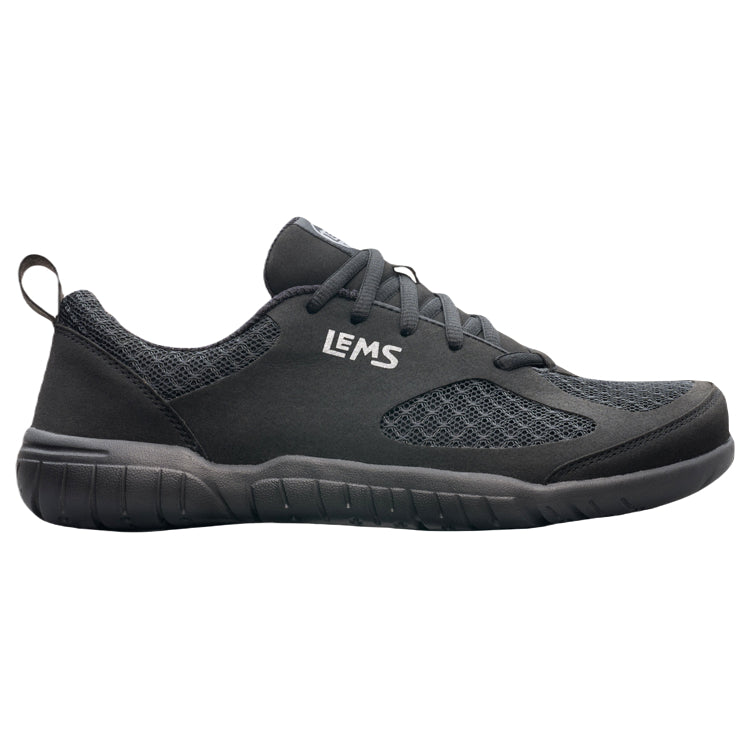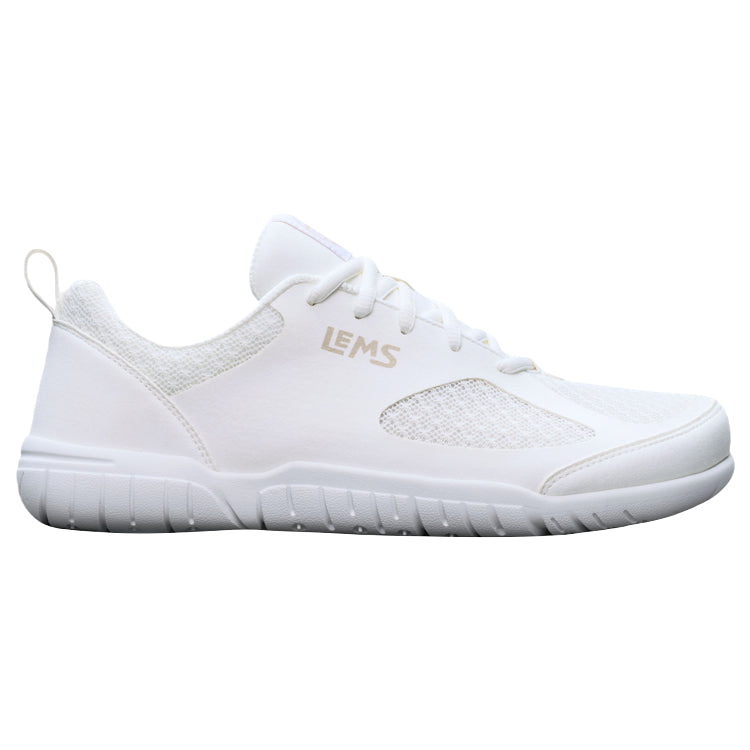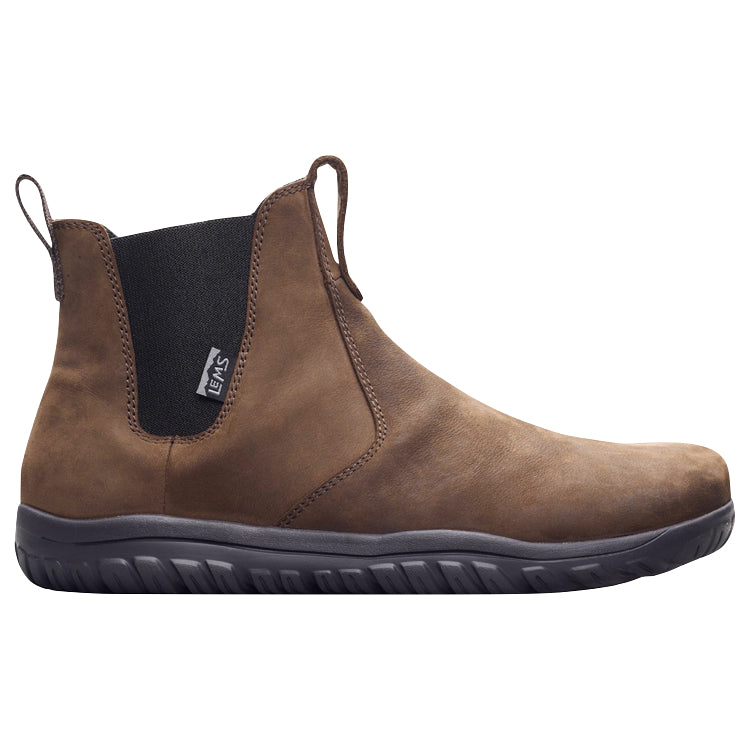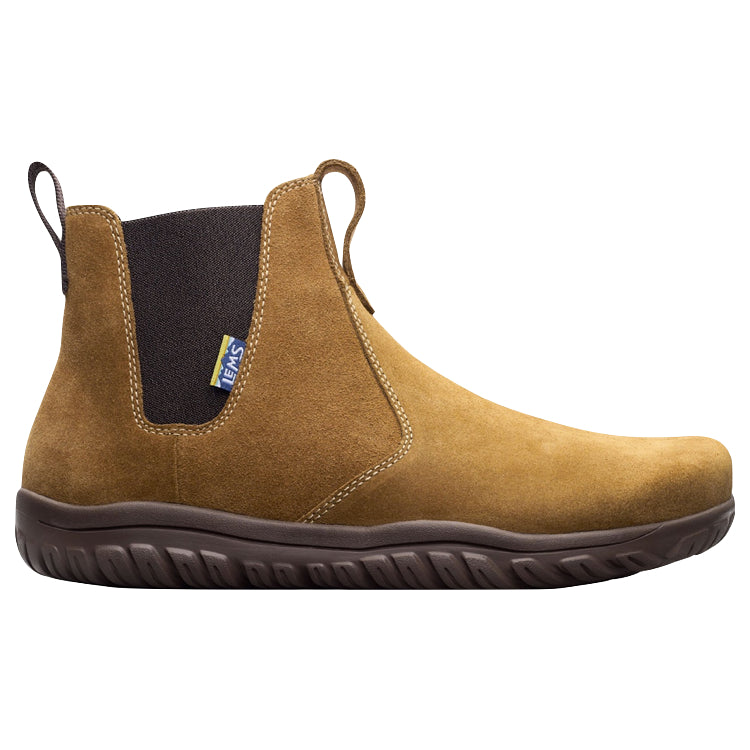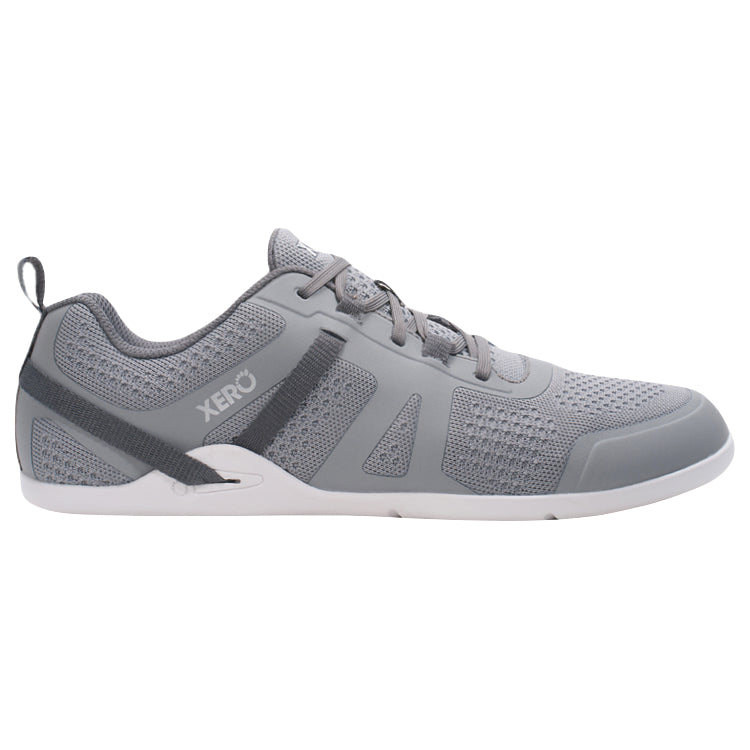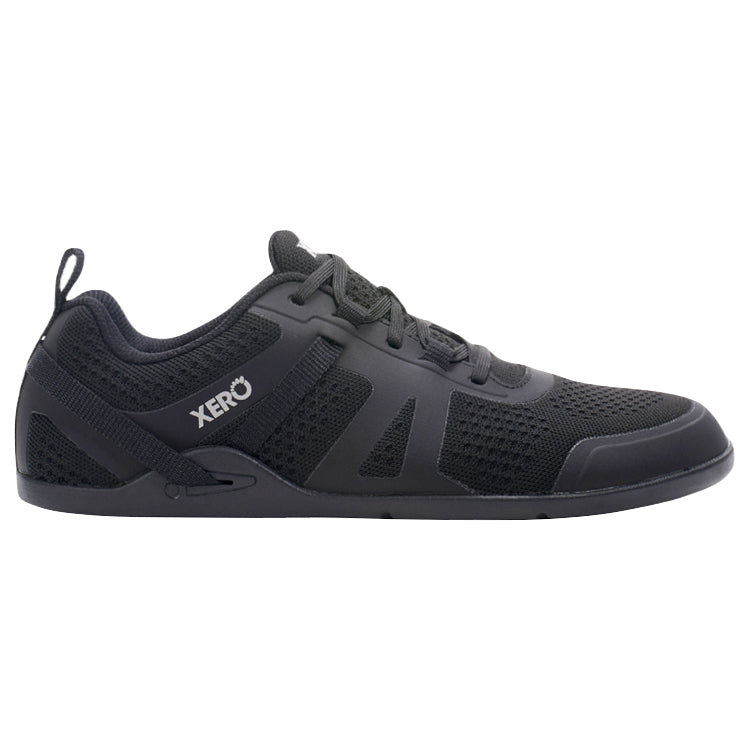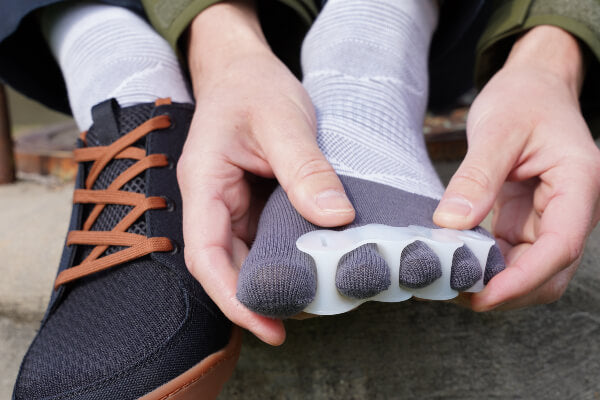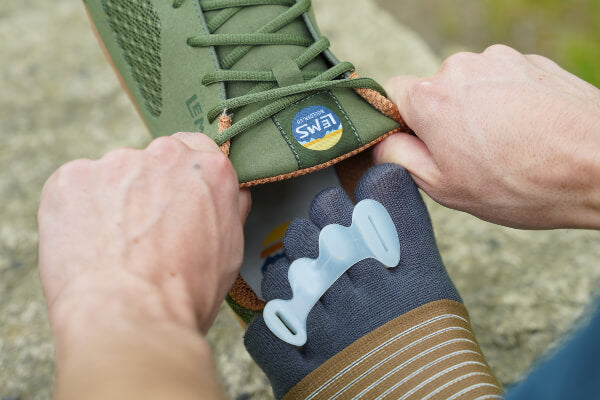
At Natural Footgear, we believe in empowering individuals to make informed decisions about their footwear. One of the most common misconceptions people have about barefoot or minimalist shoes is that they are only for people who are already accustomed to walking or running barefoot. Many assume that switching to minimalist shoes will be uncomfortable or even harmful. In reality, these shoes are designed to support natural foot mechanics, not to force a specific way of moving. While it’s true that transitioning to barefoot or minimalist shoes can require an adjustment period, most feet will ultimately find a comfortable home in this “less is more” style of footwear. Our feet are incredibly adaptable, but like any other part of the body, they need time to strengthen and adjust when switching from conventional shoes with built-in cushioning and arch support.
Another widespread myth is that minimalist shoes don’t offer enough protection or durability for everyday use. This misconception often stems from the belief that because minimalist shoes have thinner soles, they are more susceptible to wear and tear or lack protection from the elements. In fact, many minimalist shoes are made from durable, high-quality materials that are specifically designed to provide adequate protection without compromising on flexibility or foot health. The soles are typically crafted to offer just enough protection from rocks, sharp objects, and rough terrain while still allowing your foot to move naturally and feel the ground beneath it.
A third common myth is that minimalist shoes are only suitable for running or outdoor activities. While many minimalist shoes are excellent for running, particularly for those looking to improve posture and form, they are also highly versatile for everyday use, whether for urban outings or even office wear. In fact, many minimalist shoes are designed with aesthetics in mind, offering a sleek, modern look that pairs well with a variety of outfits. The benefits of minimalist footwear aren’t limited to athletic or recreational activities; they can promote healthier feet and better posture throughout all aspects of daily life.
Lastly, some people believe minimalist shoes are a “one-size-fits-all” solution. The reality is that foot anatomy varies widely from person to person, and what works for one person may not work for another. That’s why we at Natural Footgear emphasize the importance of finding the right fit, understanding your unique foot structure, and incorporating a variety of helpful footgear into your daily foot care routine. Different minimalist shoe brands cater to different needs—whether it’s a wider toe box, a more flexible outsole, or varying levels of cushioning. It’s crucial to take the time to assess your feet, how you move, and what feels most comfortable for you as an individual.
At the end of the day, barefoot and minimalist shoes are about reconnecting with natural movement patterns and supporting long-term foot health. However, it’s important to approach the transition thoughtfully and with patience. When done properly, minimalist footwear can offer a range of benefits, from improving foot strength to promoting better posture and overall mobility.

WANT TO IMPROVE YOUR FOOT HEALTH?
Let the team at Natural Footgear help you! Subscribe to our newsletter for the latest offers and helpful info, and sign up for our FREE email courses on various topics and foot health conditions.
Sign Up →
Want to Improve Your Foot Health?
We are here to help you every step of the way. Get our newsletter for the latest offers and helpful info, and sign up for our FREE email courses on various topics and conditions, including bunions, hammertoes, neuromas, plantar fasciosis, shin splints, ingrown toenails, and more.
Sign Up →
 Deciding to switch to minimalist footwear is a crucial step in promoting natural foot health and improving foot function, but it's essential to assess your state of readiness before embracing this change. In this vein, there are a number of factors to consider when determining if you’re ready to make this transition. From our perspective, then, the following are the most important things to evaluate when considering whether to switch...
Read more
Deciding to switch to minimalist footwear is a crucial step in promoting natural foot health and improving foot function, but it's essential to assess your state of readiness before embracing this change. In this vein, there are a number of factors to consider when determining if you’re ready to make this transition. From our perspective, then, the following are the most important things to evaluate when considering whether to switch...
Read more



